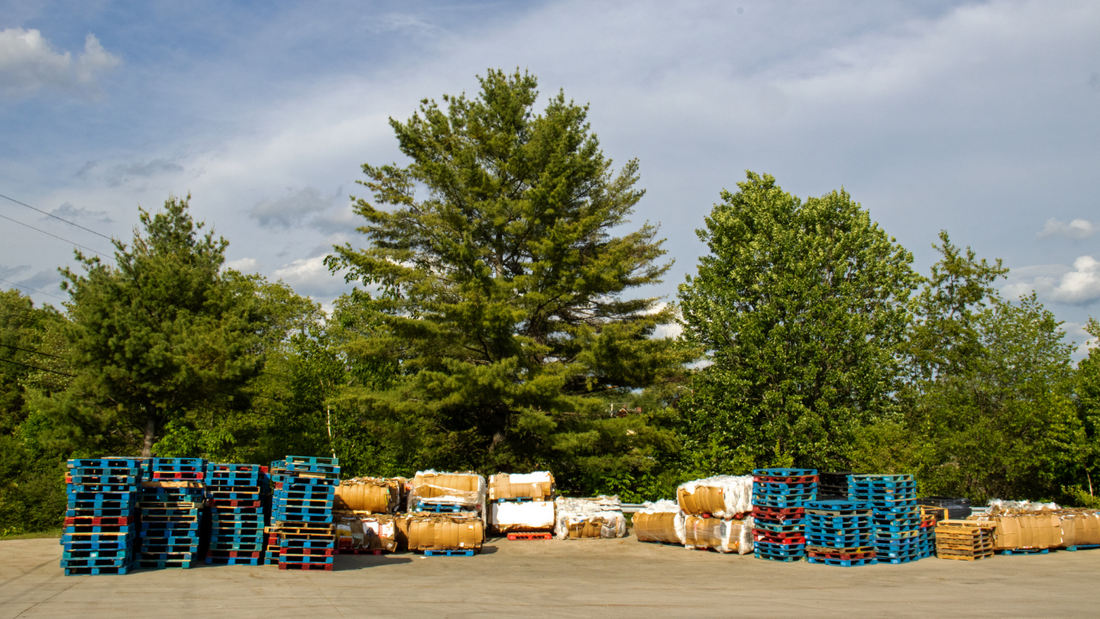Read Time: 3 min | Categories: Eco-Responsibility
How We Tackle Waste Diversion
Webber Naturals
Share this article
In 2018, Canada generated over 25 million tonnes of waste.[1] This number includes both household and commercial sources. That’s about the weight of 200 CN Towers! That’s a lot of waste, right? The good news is, that same year Canada diverted over 9 million tonnes of waste from landfills.[2]
We know that sustainability practices are among the key issues important to Canadians today. We’re right here with you; with eco-responsibility being one of our core values, we want to contribute to raising that diversion number. We take the responsibility of diverting waste from our landfills very seriously, and we’re thrilled to share with you some of the ways we’re currently doing so.
Sustainable Materials Management Program (SMM)
Did you know that we have a whole team dedicated to finding ways for better sustainability? We’re constantly examining our processes to see how we can improve and increase our waste diversion.
Because this initiative continues to be a top priority for us, we implemented a program dedicated to waste diversion called the Sustainable Materials Management Program (SMM).

This program helps divert our facility materials from ending up in landfills with the goal of operating at the peak of the waste management hierarchy of reduce, reuse, and recycle. We work to reduce the materials used in our facility, upcycle them to be reused by other industries, and then recycle and compost leftover materials.
We increased our waste diversion rate from 64% in 2016 to 87% in 2020. Among the types of waste that we divert are poly-weave bags, plastic pails, nitrile gloves, cardboard, and wood pallets.
Softgel waste
Another significant way we’ve been tackling waste diversion is through our softgel manufacturing. Beginning in 2019, we started composting our gel waste. The standard procedure in the industry is to send gel waste to landfills, because softgel doesn’t naturally break down into compost. However, we knew we had to find a way to do things differently.
We started working with a local composter in Kelowna, British Columbia, to begin a special program to compost our gel waste. Since this was not standard practice, we had to tackle some challenges and break down barriers.
We’re so proud to share that we are now able to completely divert our softgel waste stream, resulting in the diversion of 1,080 metric tonnes of gel waste (almost 200 times the weight of an elephant) from landfills, which is a reduction equivalent to 540 metric tonnes of CO2e per year!

Additionally, we provide the waste that results from producing our softgels to companies in different industries. They take our gel waste and repurpose it for other non-food uses.
We continue to look for ways to be innovative with waste diversion and find opportunities to reduce our waste overall. We’ve made enormous strides, and we know that every step we’re taking moves us toward a more sustainable future.
Another recent initiative we’re proud of is becoming Carbonzero certified – yes, we are a carbon-neutral company! Read more about our eco-responsibility initiatives in the blogs below.
